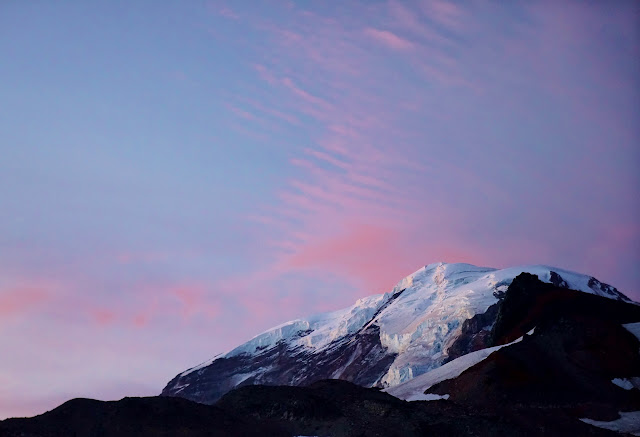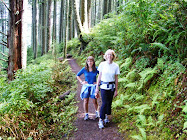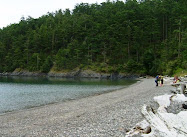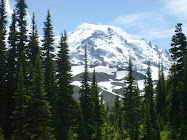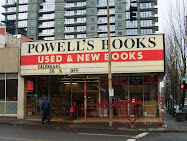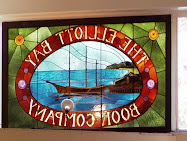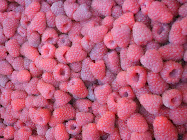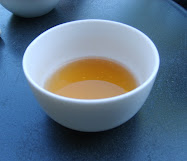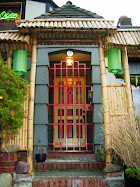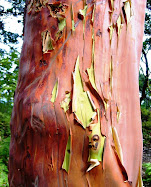On the solstice, the first day of winter, I was antsy to get outside. After two days of torrential nonstop rain, it was a relief to hit the trails in the woods near my home. Even this Mossback had decided against hiking in the record-breaking deluge.
While the ski season is off to a bumpy start this year with uneven snowpack, we are otherwise always up for a walk in the woods around here. In fact, many celebrate the holidays with a hike or long walk.
With all the those holiday gatherings, cookies, and meals, being active outdoors is especially important. Plus we really need whatever natural daylight we can snatch during the shortest days of the year up here in Upper Left USA (if plants grow better under natural light than artificial light, we must benefit from it too).
So I took to the trail in north Seattle's Carkeek Park, curious to see how things fared under the heavy rains. Surprisingly, I didn't see that much mud or even puddles.
What I did notice is that the ubiquitous sword ferns, western red cedars (thuja plicata), and moss seemed visibly happy for the good, long drink of water after an unseasonably dry November. So maybe I'm anthropomorphizing, but honestly, I felt their vigor.
I've been dismayed at how many cedars have been showing signs of stress the last few months, with more rusty boughs than normal. But when I looked carefully on this walk, I didn't see as much as I thought I had a few weeks ago.
I started walking just an hour after the rains ceased. It felt wonderful to be out in the woods again. A healthy lowland forest in northwest Oregon or Washington is where I feel the most at home.
As I walked I thought, if my body's not too toxic from pollutants in our environment, I'd like my remains or ashes to nourish a western red cedar in a forest.
In this relatively urban forest, the small streams were coursing full, muddied from stormwater runoff. And small streams flowed where they usually don't most of the year (what biologists call intermittent or ephemeral streams).
Instead of a mucky mess after so much rain, this temperate rainforest I walked through seemed especially alive and refreshed.
After emerging from the woods, I always go down to the beach and dip my fingers in the Salish Sea. I started doing this ritual years ago, and now it seems like my walk isn't complete if I don't.
My route takes me back into the woods and along Piper's Creek, where just a month ago salmon were swimming upstream to spawn. Surprisingly, I still mostly had the trails to myself except for a few people with dogs anxious to stretch their legs.
I ended up back near my parked car and stopped a moment to revel in the delicate beauty of small streams, cedar boughs, raindrops poised to drop off the bottom of branches, and all the other scents and plant life that create a forest ecosystem.
 On Christmas day this year we'll be hiking, farther outside the city in the foothills likely. And if it's like last year, we'll see others out doing the same: families, solo hikers, pairs, hipsters, dogs, and kids. Many will say "Merry Christmas" as they pass by, and Christian or not, I happily respond in kind.
On Christmas day this year we'll be hiking, farther outside the city in the foothills likely. And if it's like last year, we'll see others out doing the same: families, solo hikers, pairs, hipsters, dogs, and kids. Many will say "Merry Christmas" as they pass by, and Christian or not, I happily respond in kind.Because it's the spirit of the season.
Wishing you and yours a very happy holiday season!
Happy trails and thanks for visiting Pacific Northwest Seasons!
In between blog posts, visit Pacific NW Seasons on FaceBook, Twitter, and Instagram for more Northwest photos and outdoors news.




































